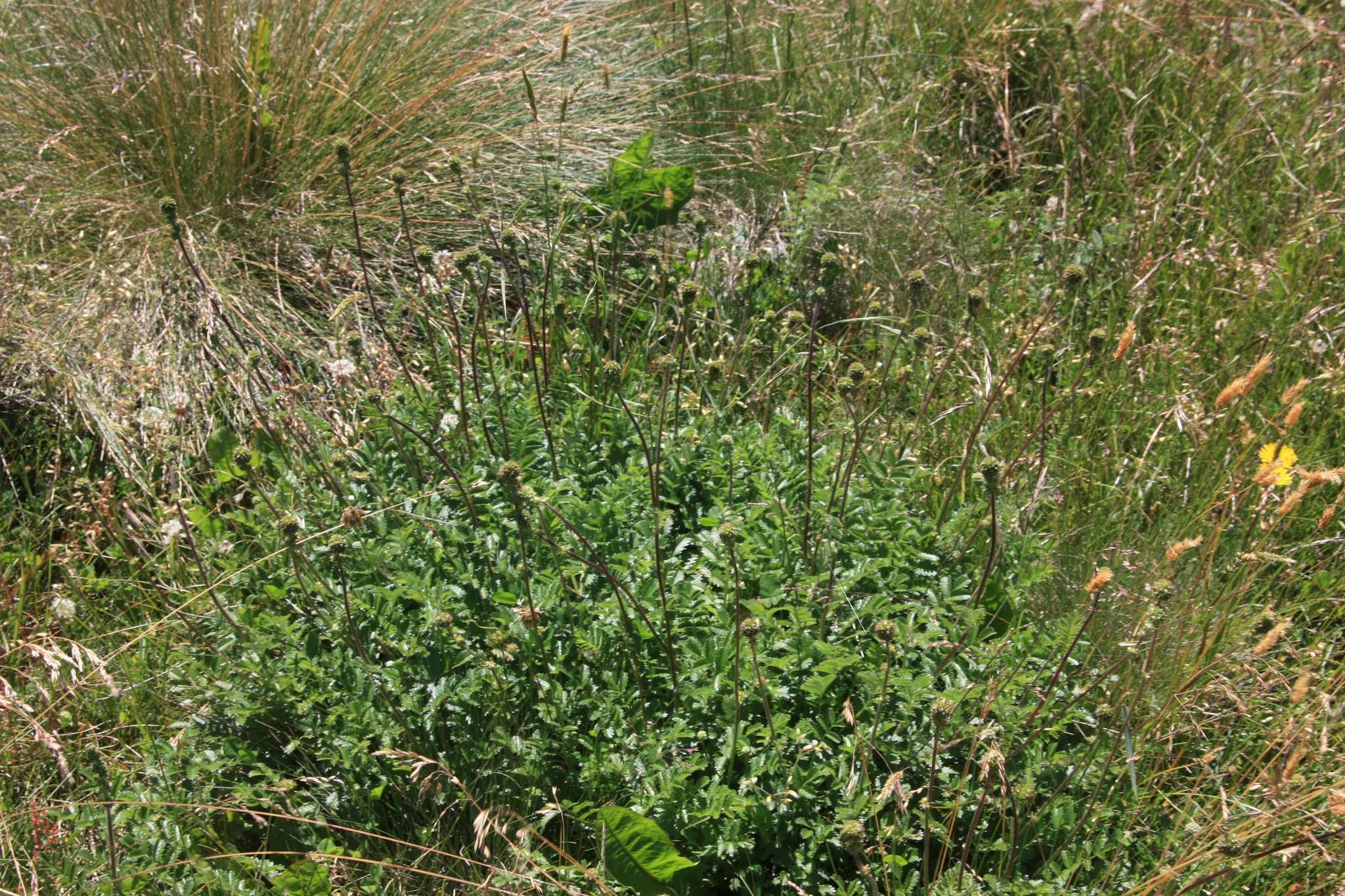
Greek akaina — thorn, referring to the burred fruits.
Woody or herbaceous often low, spreading perennial herbs rooting at the nodes. Epicalyx absent. Plants bisexual, or female and bisexual. Leaves pinnate; stipules fused to the leaf stalk and sheathing its base. Leaflets largest towards the tip, generally toothed. Flowers in round heads or interrupted spikes, small and stalkless on erect branches. Sepals mostly 4, petals absent, stamens 2-10. Carpel mostly 1. Fruit an achene with barbed spines, generally several together forming a burr-like head that will quickly attach to clothing or fur.
Generally grown as groundcover or rock garden plants for their attractive feathery bluish or silver leaves. Hybridisation may occur in gardens. Many species are naturalised around the world.
About 100 species, mostly from the southern hemisphere, often montane (Australia has 7 species).
Seed, cuttings and division.
Flowers without petals; leaves pinnate, the leaflets usually prominently toothed; fruits burred.
Yeo (1982).
Source: (2002). Rosaceae. In: . Horticultural Flora of South-eastern Australia. Volume 3. Flowering plants. Dicotyledons. Part 2. The identification of garden and cultivated plants. University of New South Wales Press.
